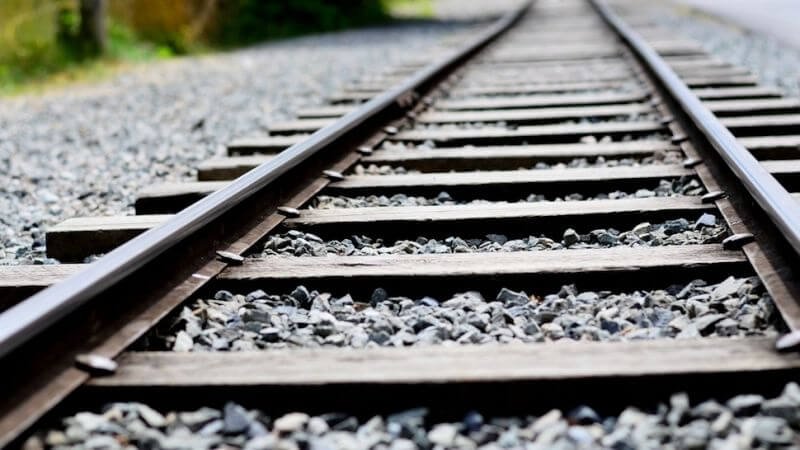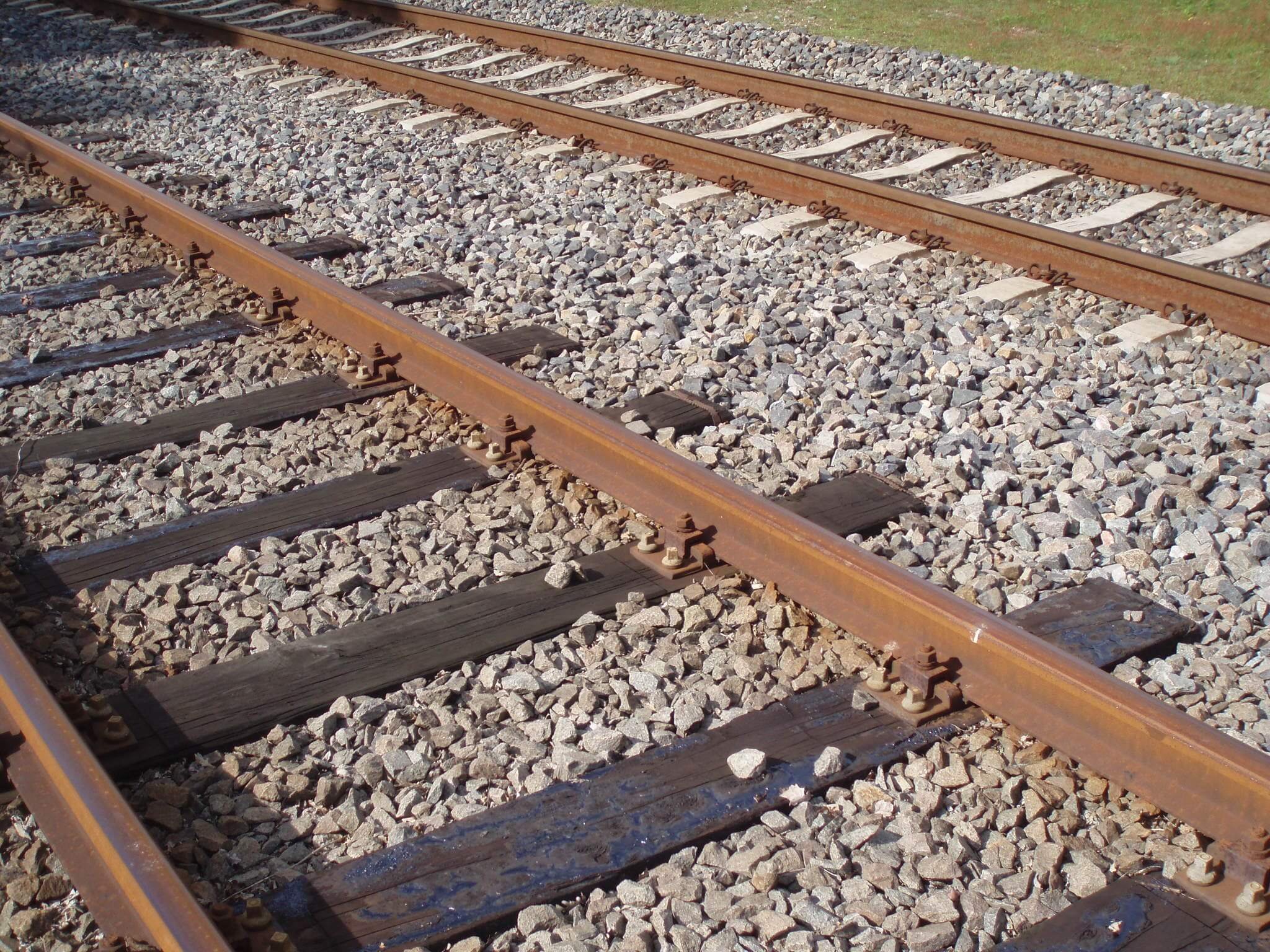When I was a kid, it was thrilling experience to cross the railway tracks. While it’s not advised and is clearly dangerous, as it entails the risk of being run over by a speeding train, there are so many people in India who cross the railway tracks on foot. I’m assuming most of us have done this. And while crossing, have you ever noticed the stones lying between the tracks?
Have you ever wondered why there are crushed stones between the railway tracks?

The crushed stones alongside the railways tracks are called ballast. The railway tracks, made of steel, are laid down for miles on the ground where they are subject to heat expansion and contraction, ground movement and vibration, precipitation buildup from rough weather, and weed and plant growth from underneath.
The crushed stones are meant to keep the wooden rail ties in place. These wooden sleepers, in turn, keep a firm hold the tracks. Also, the stones are not smooth and have rough edges so that the wooden beams don’t slide over each other.

The wooden ties bear the load of the train on the tracks, which is eventually passed on to the ballast which distributes it across the raised foundation. This facilitates ground movement, thermal expansion and weight variance and allows the rain to drain through the tracks.

















